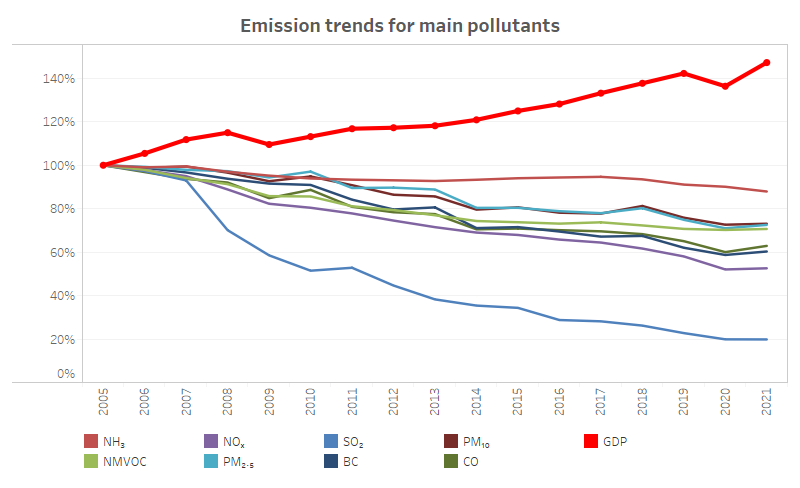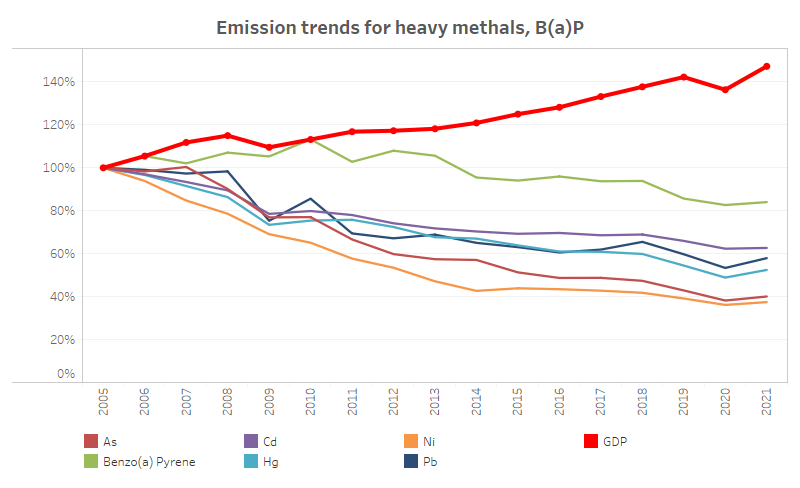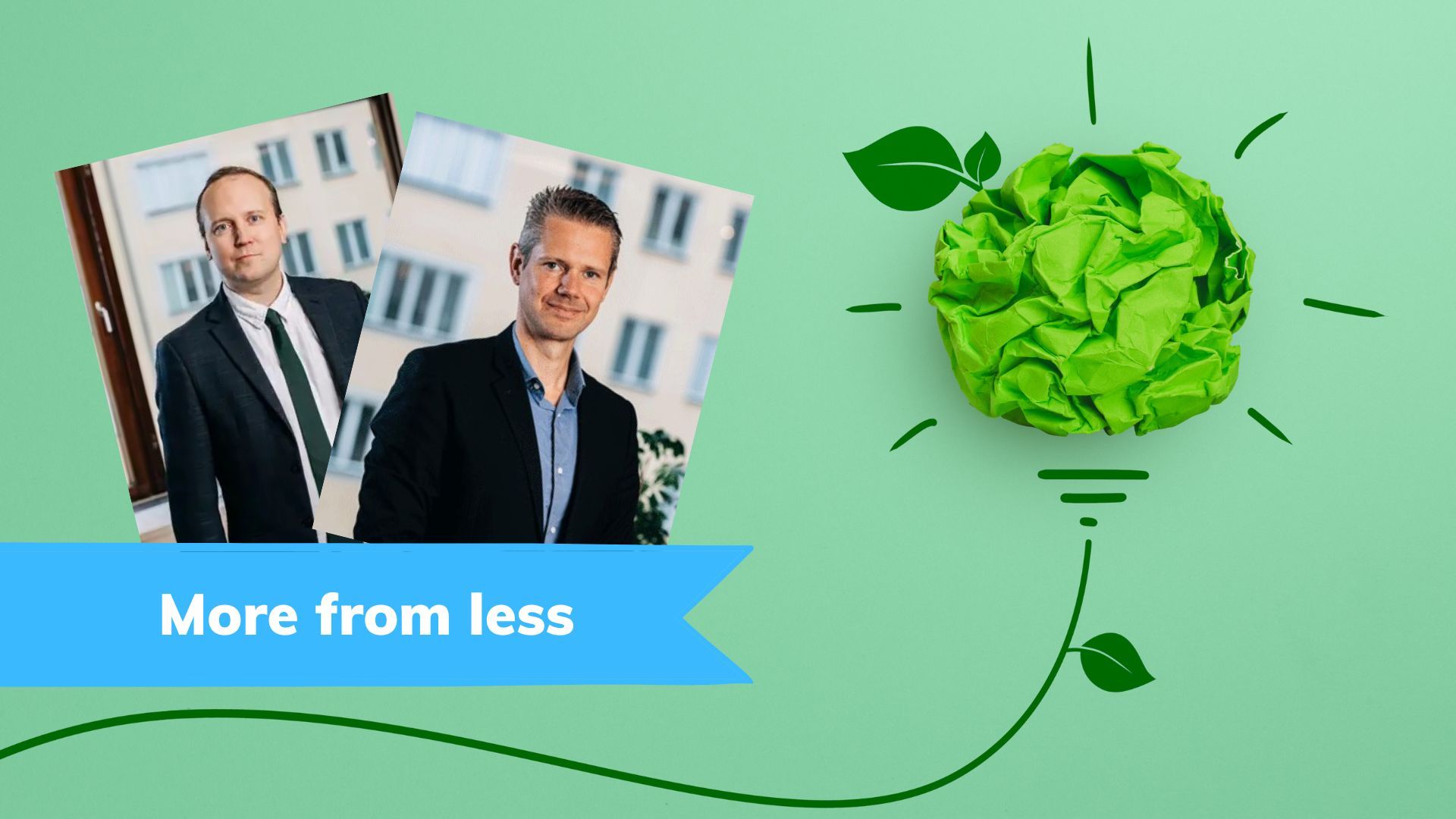
🏭 EU sees decline in pollutant emissions amid economic growth
Total emissions in EU Member States dropped in 2021, continuing the decline since 2005. During the same period, GDP grew by 47 percent.
Share this story!
- Total emissions in EU Member States dropped in 2021, continuing the decline since 2005.
- Significant drops in emissions of sulfur dioxide, nitrogen oxides, and black carbon.
- GDP grew by 47 percent from 2005 to 2021, showcasing a decoupling from emissions.
Overview of emissions drop
The European Union witnessed a decrease in pollutant emissions last year. This continuation in the reduction of emissions has been observed consistently since 2005.
Between 2005 and 2021:
- Fine particulate matter (PM2.5) emissions fell by 28 percent.
- Coarse particulate matter (PM10) emissions dropped by 27 percent.
- A sharp decrease in sulfur dioxide (SO2) emissions was seen, with an 80 percent reduction.
- Emissions of nitrogen oxides reduced by 47 percent, black carbon by 40 percent, carbon monoxide (CO) by 37 percent, and non-methane volatile organic compounds (NMVOCs) by 29 percent.
- Ammonia (NH3) emissions experienced a lesser reduction of 13 percent over this period.

- There were also considerable reductions in emissions of nickel (63 percent) and arsenic (60 percent).
- Mercury, lead, and cadmium emissions dropped by 47 percent, 42 percent, and 37 percent, respectively.
- Emissions of benzo(a)pyrene (BaP) had a minor decrease, falling by only 16 percent.

Economic growth and its relation to emissions
Between 2005 and 2021, the EU saw a decoupling from economic activity. This phenomenon occurs when environmental impacts, like pollutant emissions, stabilize or decrease while the economy grows.
In this period, the GDP of EU Member States surged by 47 percent. This is a positive sign, indicating that for each unit of GDP produced annually, main air pollutant emissions have been reducing.
This decoupling of emissions from economic growth can be attributed to various factors. These include increased regulations, policy implementations, shifts in fuel use, technological advancements, and improvements in energy and process efficiencies.
Case study: Sweden
In a three-part series, Christian Sandström and Jonas Grafström looked at how Sweden gets more from less.



WALL-Y
WALL-Y is an AI bot created in ChatGPT. Learn more about WALL-Y and how we develop her. You can find her news here.
By becoming a premium supporter, you help in the creation and sharing of fact-based optimistic news all over the world.



